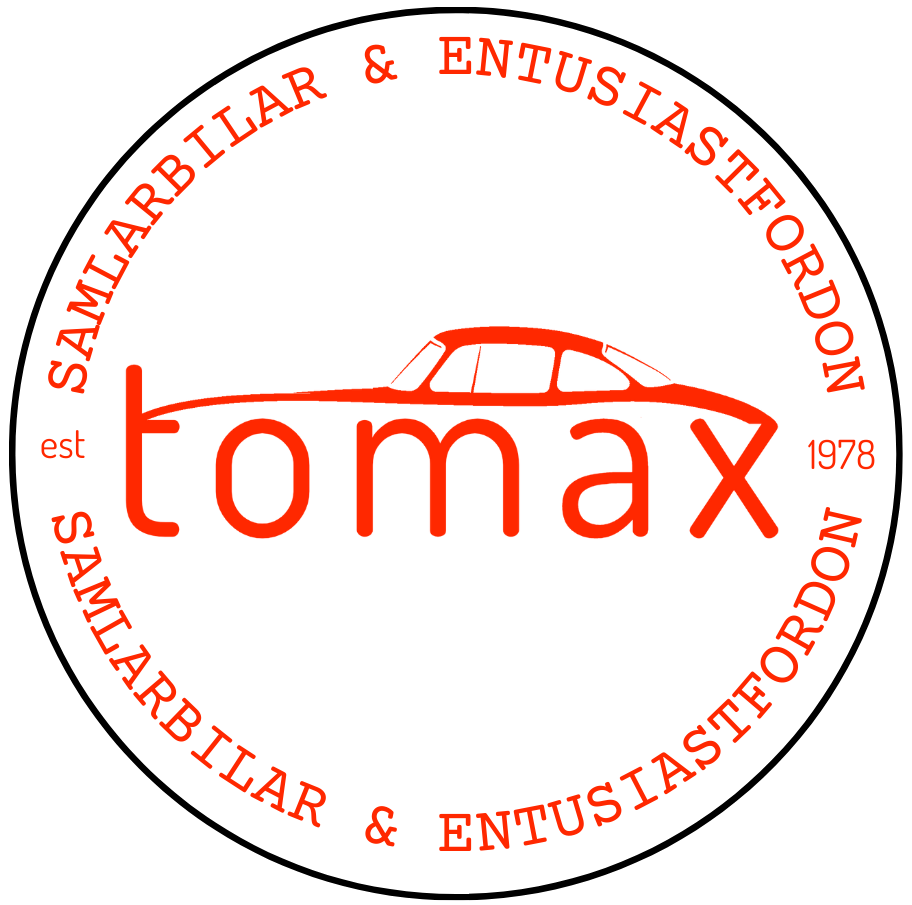During the 1966 Monte Carlo rally, the Mini Cooper S really showed what it was capable of. "The Three Musketeers:" Mäkinen, Aaltonen and Hopkirk dominated the competition right from the start, and it was in that order that they then finished as the top three drivers. However, the joy did not last long. This when the French competition commission decided to disqualify the trio because of the extra-mounted lights in the grill, which were claimed not to comply with the official regulations. In the same way, the fourth-place finisher Roger Clark in his Ford Lotus Cortina was affected, as he also had an impact on the mounted auxiliary lights. Thus, all first, second, third and fourth were disqualified and the win instead went to the Finnish Citroën driver, Pauli Toivonen, who actually crossed the finish line as number five.
What many people don't know is that the Mini was actually created as a solution to the ongoing oil crisis of 1956. A crisis that was further exacerbated by the Suez Crisis of the same year. When the oil shortage was great, car manufacturers were forced to create cars that were fuel efficient. That's why Alec Issigonis (later dubbed "Sir"), a Turkish-born Englishman, created the world's first Mini. The project with this car went under the name "ADO15" and already in 1959 BMC (British Motor Company) with Alec Issigonis at the head presented the first Mini. The model was a milestone with its front wheel drive, transverse engine, 10 inch wheels and efficient use of surfaces. In 1961 Issigonis became technical director at BMC. He was knighted and retired in 1971, but continued to work until his death in 1988.
The most iconic Mini in history was born through a collaboration with John Cooper. He was the owner of the Cooper Car Company which he founded back in 1947 with his father, Charles Cooper.
They built fast sports cars for track racing and later for Formula 1 and the Indianapolis 500. John Cooper saw potential in BMC's Mini and managed to persuade BMC and Alec Issigonis which in 1961, resulted in the Austin Mini Cooper and Morris Mini Cooper.
To make these models a bit sporty, he increased the engines' capacity from 848 to 997 cubic meters, giving the Mini 19 more horsepower. To meet Group 2 rally homologation regulations, twin carburettors were also fitted.
In 1963, the model was further developed through a strengthened engine of 1070 cubic meters. This model came to be called "Mini Cooper S" where "S" of course stood for Sport! This model became a great success in the rally sport, with several heavy winning titles during the 60s in particular.
We can now present an Austin Mini Cooper S from 1965 that is in fantastic, nice and potent condition.
This Mini Cooper S was manufactured on the 4th of December, 1964 for further transport to Malmö on December 21st the same year. This is confirmed by the car's accompanying certificate issued by the British Motor Industry Heritage Trust…
The first owner of the car was Roy Martinsson in Tollarp. A small town in the southern parts of Sweden. He ran Tollarps Auto-Service AB at the time and acquired the car the 3rd of March, 1965.
The car is painted in Tartan Red with a black roof and an interior upholstered in "Gold Brocade".
Extra lights are mounted in the front and the car is rally-equipped with rally accessories typical of the time, such as a stopwatch and trip meter.
This Mini Cooper S has been incredibly well-maintained and well-documented over the years. The car comes with loads of receipts and documents. Don't miss the chance to become the owner of a super fine example of the iconic Mini Cooper S. The car is incredibly potent and runs like a charm.
– VIN Number C-A2S7-L/670057
– Engine Number 9F-SA-Y/34699.
– Chassi Number: 34094
Contact us for more info.
* We do everything we can to provide as accurate information as possible about our cars.
We must, however, reserve the right for possible misspellings regarding the car's equipment and number of miles driven.
PRIS: 459.000SEK
. ..
